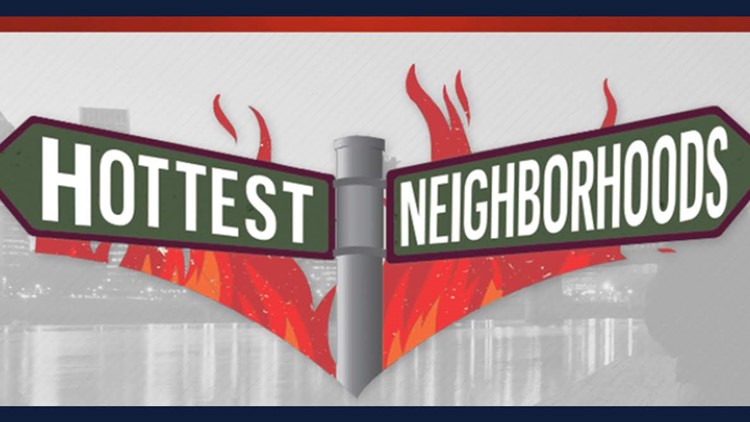A second-quarter 'Heat Index' was not in the plan of our newsroom this year.
Instead, we published three galleries of the ZIP codes with the most homes sales, the highest average prices and the fewest average days on the market.
Click on the link below to see if your neighborhood ranks among the Top 50 in the Portland area for overall second-quarter real estate activity (combining homes sold, average sale price and days on the market).
SEE SLIDESHOW: Hottest neighborhoods
But then I received an email from Catherine Quoyeser, a broker with Berkshire Hathaway Home Services Northwest wondering when we would again publish a combination of all three of the factors above, equally weighted, as we had done in the first quarter. She was curious how 97225 and 97229 compared overall to rest of the metro area.
"For what it’s worth," Quoyeser wrote, "I bet many local realtors would be thrilled if you published the overall activity rankings every quarter." She adds that "homeowners are naturally very interested to know how their areas stack up and market knowledge helps realtors build credibility and trust."
Toward this end, Quoyeser has begun drafting her own quarterly newsletter for the Cedar Hills neighborhood which required her to hand-draw a map from RMLS, since sales aren't currently broken down beyond the ZIP code level.
With the residential real estate market slowing down a bit, buyers and sellers may become more interested in the localized data for the neighborhoods they're considering entering or leaving.
Compared to Q2 2017, average days on the market increased 4.5 percent, and in his monthly email newsletter, Dustin Miller, a broker with Windermere Realty Trust notes that listed home inventory in the metro area rose to 2.4 months in July, reminiscent of the winter of 2013 when rising inventory led to a four-month cumulative drop in average sales price of 2.3 percent.
Per RMLS, listings were up 2.8 percent year-to-date in July 2018 but pending and closed sales fell 0.9 percent and 2 percent, respectively. Average and median sales prices remained up about 6 percent for the year, but if Miller is right and prices begin to flatten out, he thinks it could actually help the market.
"With this slowing down," writes Miler, "the inventory numbers could go up and improve our actual marketplace for the best sand box to play in for both buyers and sellers. If we get our inventory numbers up, those sellers hesitant to put their house on the market might jump in now that they have a greater number of homes to select as their landing spot.”



